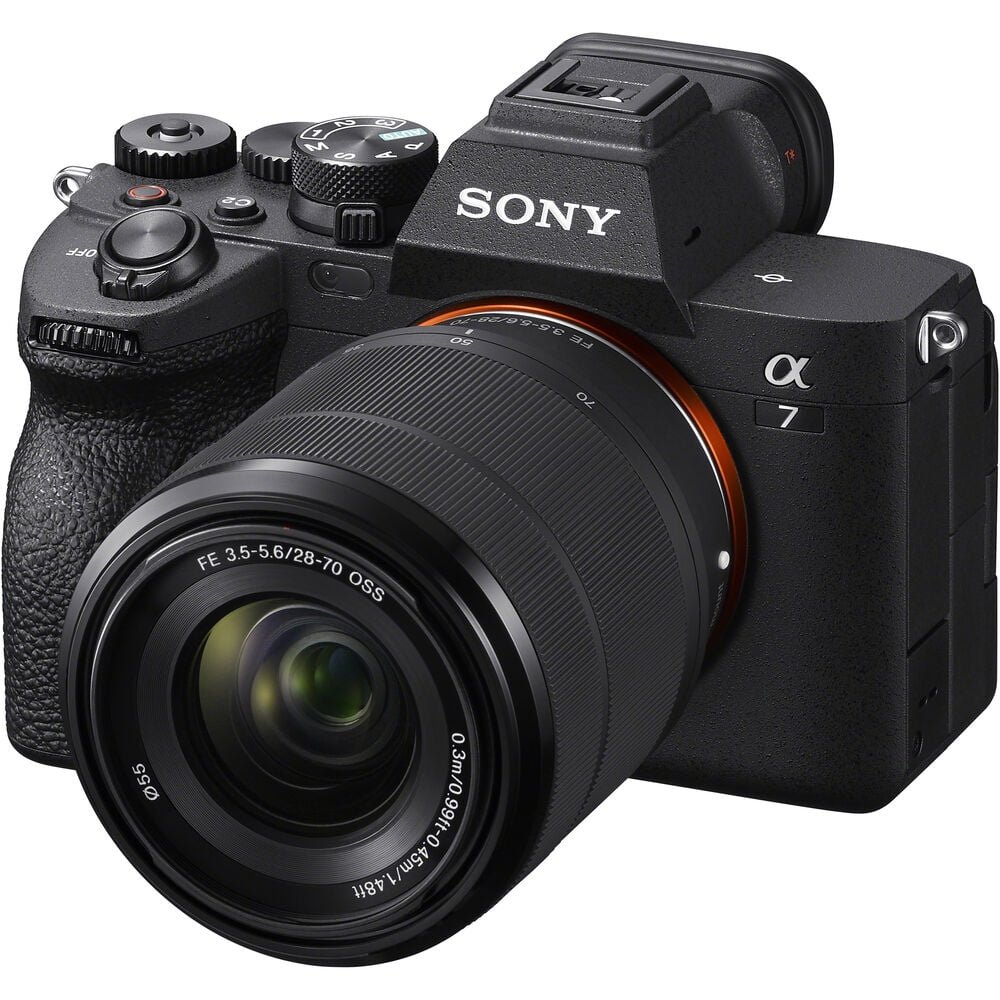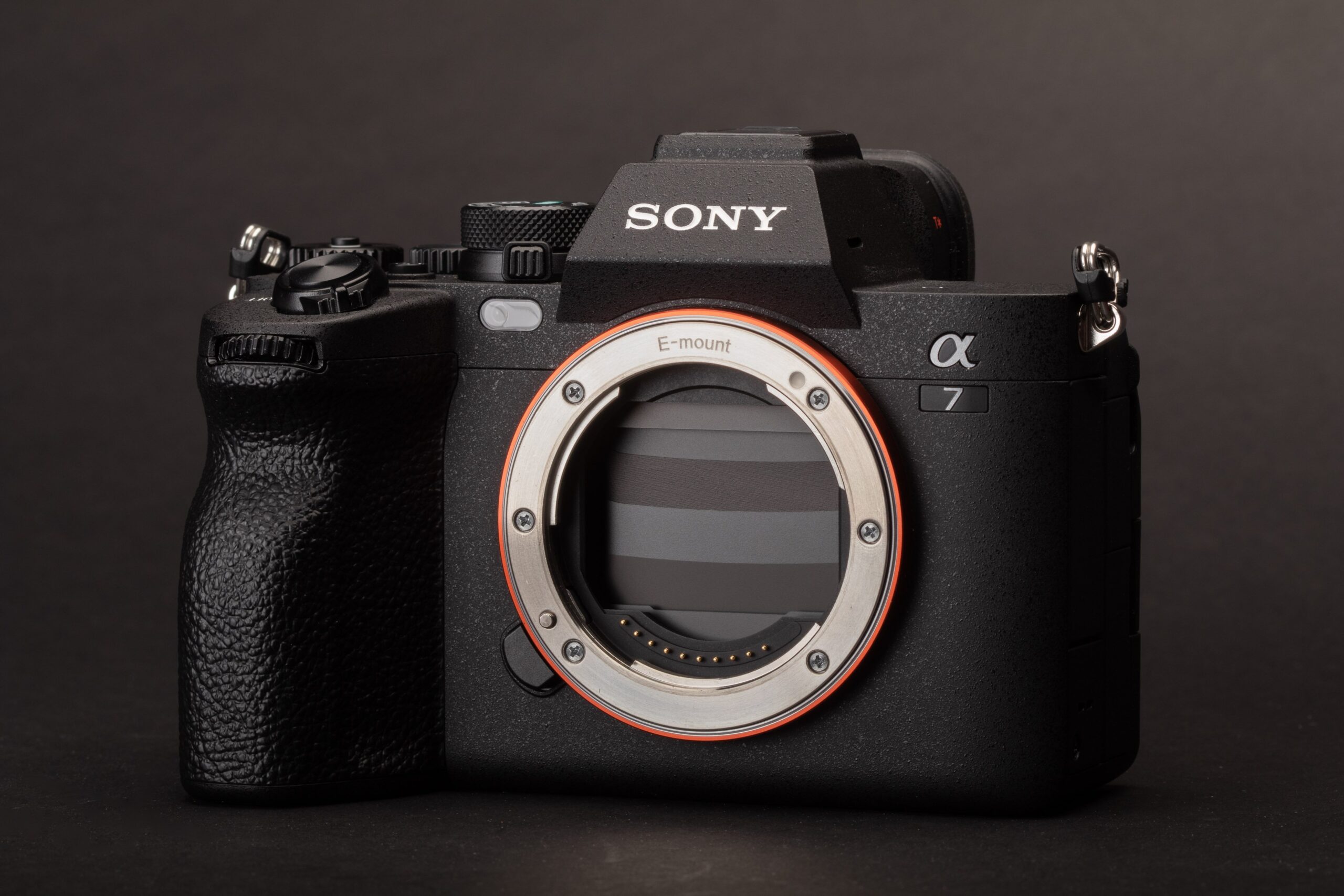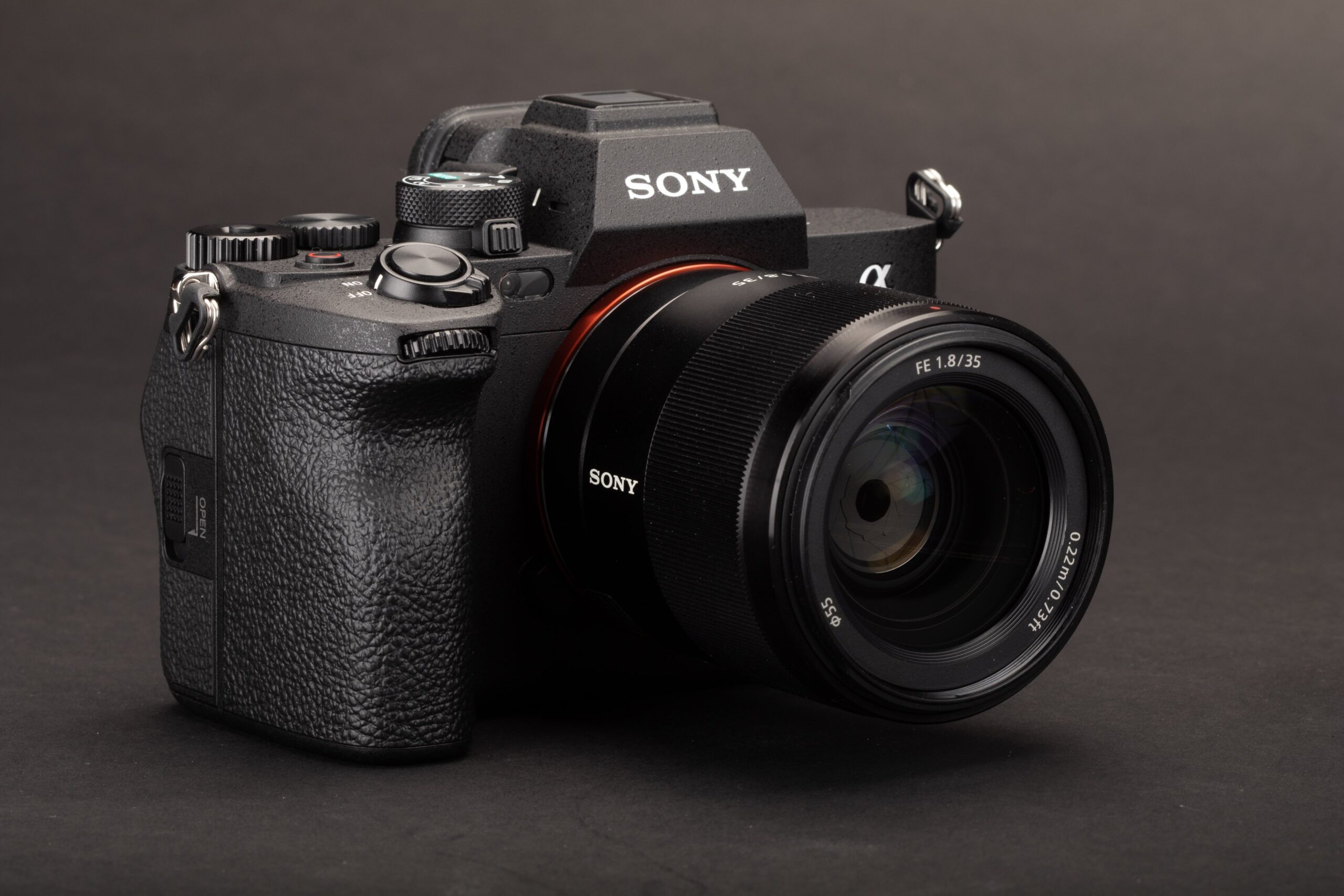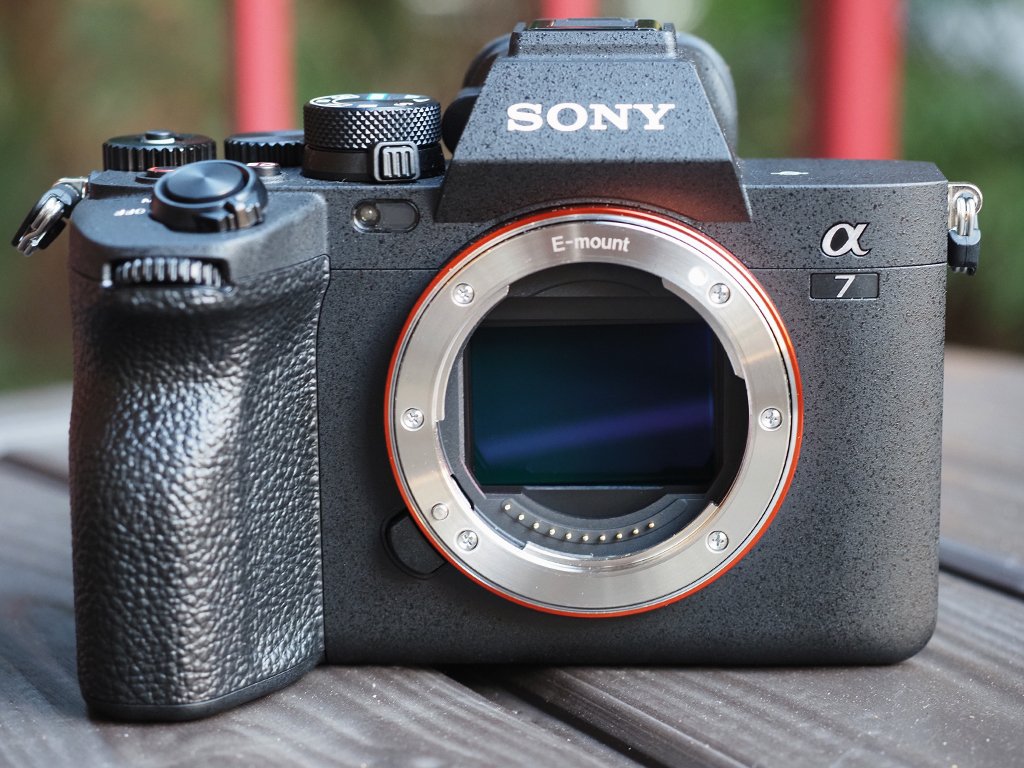For years, the Sony a7 III was the undisputed champion of the full-frame mirrorless world, a camera that democratized professional-level performance for the masses. Its successor, the Sony a7 IV, had impossibly large shoes to fill. Sony’s response wasn’t to create a simple, iterative update; instead, it fundamentally re-engineered its “basic” model, elevating it into a true hybrid powerhouse that blurs the line between enthusiast and professional gear. The a7 IV isn’t just a new camera; it’s a statement about the future of content creation, where the line between stills and video has all but vanished.

Design and Ergonomics: A Familiar, Refined Feel
If you’ve handled a recent high-end Sony Alpha camera like the a7S III or a1, the a7 IV will feel immediately familiar. It inherits that same refined chassis, a welcome upgrade from the slightly cramped body of its predecessor. The grip is deeper and more substantial, providing a secure hold, especially with larger lenses. The buttons and dials feel more tactile and premium, and the addition of a dedicated top-mounted record button is a smart, practical touch.
Perhaps the most significant physical change is the new dual-stacked mode dial. A locking button releases the top dial for selecting traditional shooting modes (P, A, S, M), while a switch underneath allows you to instantly jump between Stills, Movie, and S&Q (Slow & Quick) modes. This is a brilliant move for hybrid shooters, as the camera remembers your distinct settings for each mode, allowing you to switch from a 24fps cinematic video setup to a high-shutter-speed photo configuration with a single click. Finally, the rear LCD is now a fully articulating, vari-angle screen—a must-have for vloggers and anyone shooting at creative angles. It’s a clear signal that Sony designed this camera for the modern creator.

Performance: The New Standard for Resolution and Focus

At the heart of the a7 IV is a brand new 33-megapixel BSI CMOS sensor paired with the flagship BIONZ XR processor. This jump from 24MP provides a noticeable increase in resolving power, giving photographers more cropping flexibility without a significant noise penalty. Images are sharp, dynamic range is excellent, and colors, thanks to Sony’s improved science, look natural and pleasing straight out of the camera.
However, the real star of the show is the autofocus. Inheriting the latest AI-driven AF system from the Alpha 1, the a7 IV’s performance is nothing short of breathtaking. The Real-time Tracking and Eye AF—now for humans, animals, and birds—is incredibly sticky and reliable. In both stills and video, you can tap on a subject and trust the camera to hold focus with tenacious precision, even as the subject moves erratically through the frame. It’s a system that works so well it almost feels like cheating, allowing you to concentrate on composition while the camera nails the critical focus.
The Hybrid Powerhouse: Video Takes Center Stage

While the a7 IV is a superb stills camera, its video capabilities are what truly set it apart. The camera can record 4K video at up to 30p using the full width of the sensor, oversampled from a massive 7K resolution. The result is exceptionally detailed and crisp footage that rivals cameras costing far more. For those needing higher frame rates, 4K at 60p is available, but it comes with a significant catch: a 1.5x crop (Super35 mode). This is arguably the camera’s biggest compromise, as it narrows your field of view and may require you to switch to wider lenses.
The compromises largely end there. The a7 IV records in 10-bit 4:2:2 color internally, providing immense flexibility for color grading in post-production. The inclusion of the S-Cinetone picture profile gives you beautiful, cinematic colors right out of the camera with minimal effort. Add in a full-size HDMI port, the new digital audio interface via the hot shoe, and clever features like Focus Breathing Compensation, and you have a video creation tool that is ready for serious production work.
Final Verdict: The New Do-It-All Champion
The Sony a7 IV is a resounding success. It’s no longer the budget-friendly “basic” model the a7 III was at launch; its higher price point firmly positions it in the prosumer category. But for that price, you get a camera that excels at nearly everything. The 4K60 crop is a notable limitation, but the sheer quality of its oversampled 4K30, combined with a world-class autofocus system, a higher-resolution sensor, and a host of professional video features, makes it an incredibly compelling package.
This is the camera for the dedicated hybrid creator who refuses to compromise on either photos or video. It’s for the wedding photographer who needs to deliver stunning films, the YouTuber demanding pristine image quality, and the serious enthusiast looking for a tool that will grow with them for years to come. The king is dead; long live the new, more capable, and more ambitious king.
Where to Buy:
Sony a7 IV Quick Summary
Key Scores:
- Value: 92%
- Design: 93%
- Performance: 92%
- Quality: 91%
- Popularity: 91%
Top Pros
- ✅ The new 33MP sensor delivers beautifully detailed and versatile images.
- ✅ Class-leading autofocus offers incredibly sticky and reliable subject tracking.
- ✅ Pro-level 10-bit video options create stunning and flexible footage.
- …
Key Cons
- ❌ Recording 4K video at 60fps forces a significant 1.5x crop.
- ❌ The higher launch price positions it as a premium product.
- ❌ Rolling shutter can be noticeable during fast panning video movements.
- …

















